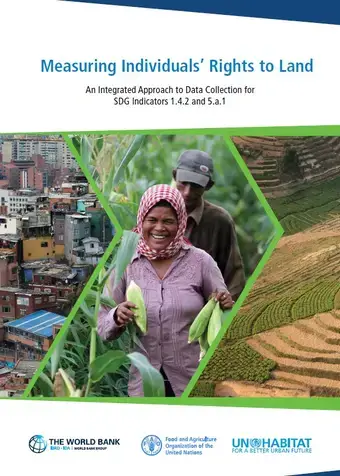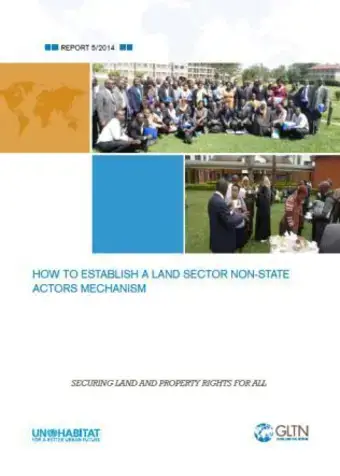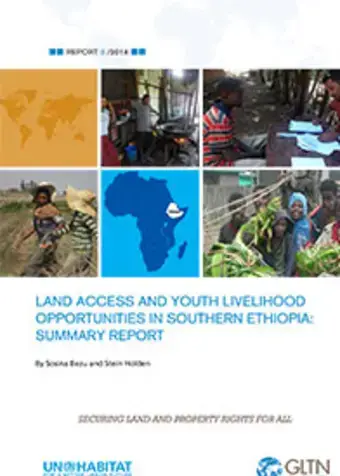GLTN at UN-Habitat, a world in which everyone enjoys secure land rights.


The Global Land Tool Network (GLTN) is an alliance of more than 75 global, regional and national multi-sector partners. The Network was launched in 2006 in response to gaps in land governance and administration approaches, tools and systems which hinder the delivery of land tenure security at scale.



